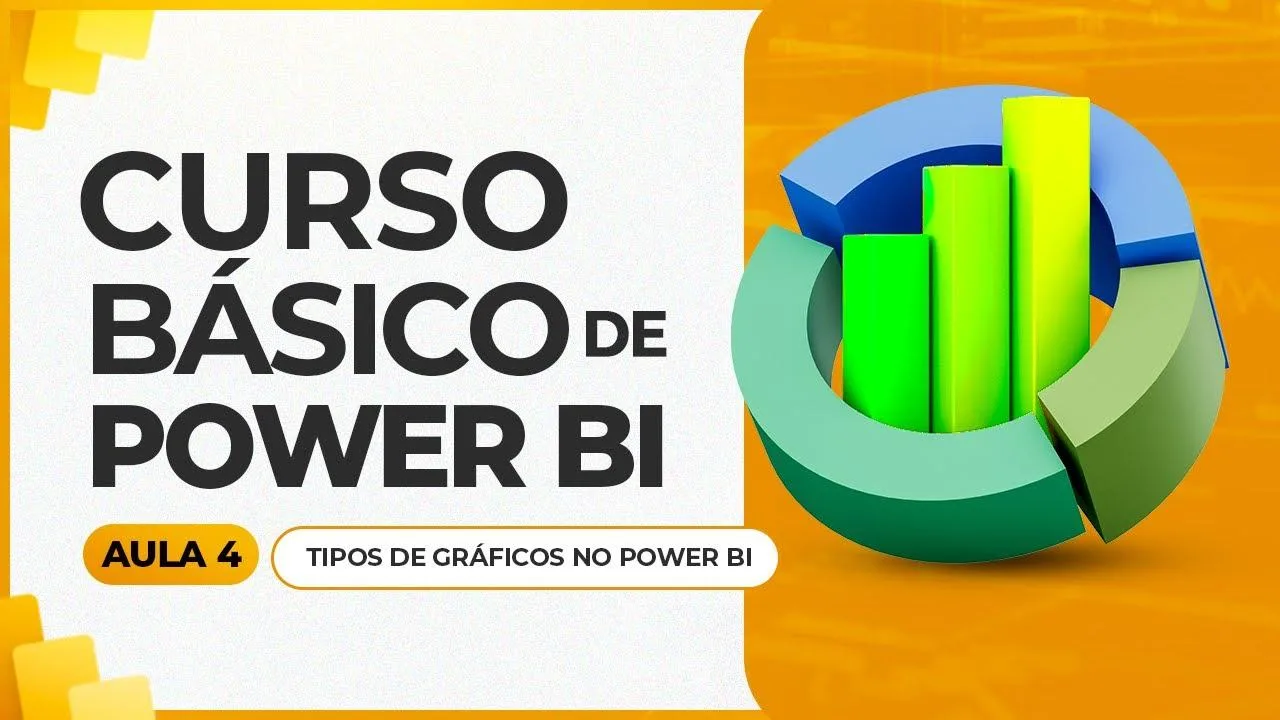Power BI doesn’t have to be boring! 📊 Different types of charts for every situation. From bar charts for comparing data to line charts for tracking trends over time, there’s a chart for everything. And let’s not forget the funnel chart, like a sales process, it’s all about visual impact. So next time you create a dashboard, don’t forget to add some zing with these different chart types! 🚀
This text discusses the fourth lesson in the Power BI Basic Course 2024, focusing on the different types of charts that can be used in Power BI. As we delve into this lesson, we will learn how to create various bar, line, and column charts, as well as comparative and hierarchical charts, to display data in a meaningful and visually aesthetic manner.
Table of Contents
ToggleKey Takeaways
Here are some key takeaways from this lesson:
| Type of Chart | Best Situation for Use |
|---|---|
| Bar Chart | Comparing different categories or items |
| Line Chart | Displaying data trends over time |
| Column Chart | Showing data changes over time or comparing multiple items |
| Pie Chart | Illustrating the percentage of each category in relation to the whole |
| Area Chart | Depicting the change in values over time |
| Funnel Chart | Representing the stages in a process, highlighting where the largest drop-offs occur |
| Map Chart | Showing location data based on various criteria |
| Tree Map Chart | Displaying hierarchical data in a nested, treemap form |
In this lesson, we’ve learned about the different types of charts available within Power BI, as well as the most suitable scenarios for their use. Additionally, we’ve discovered how to create visually compelling dashboards using these chart types. This newfound knowledge will prove valuable as we further explore the capabilities and features of Power BI in future lessons. 📊
Exploring the Various Types of Charts
This lesson has provided a deeper understanding of the diverse types of charts that can be utilized within Power BI. Understanding the differences between bar, line, column, pie, area, and funnel charts is crucial in selecting the optimal chart to convey specific information effectively.
Customizing and Visualizing Data in Power BI
Power BI offers a wide array of tools that enable users to customize their data visualizations. By incorporating charts, maps, and tree maps, users can transform raw data into visually engaging representations, simplifying complex data sets for enhanced interpretation.
Conclusion
In conclusion, the fourth lesson in the Power BI Basic Course 2024 has equipped us with comprehensive knowledge of the various chart types available in Power BI. Understanding the appropriate usage of each chart type is essential for creating meaningful and impactful visualizations in Power BI. By exploring and implementing these techniques, users can effectively translate data into visually appealing dashboards, making data analysis a captivating and insightful experience. 📈
Related posts:
- Introduction to Talend ESB #1
- Kantrowitz believes that Amazon is now primarily an AWS company.
- Reconsidering Neovim for Writers: A New Perspective on Writing Software
- I am currently learning new technologies to secure high-paying jobs in the future. #abhishekveeramalla
- Episode 1: Creating a URL Shortener MERN Stack Application with Node.js, TypeScript, MongoDB, and React
- Analyzing Data Visually with Power BI






